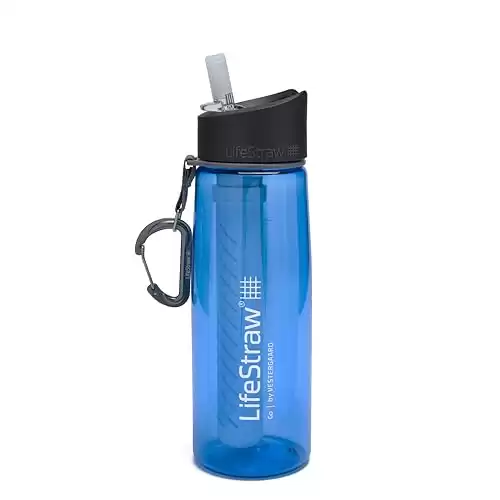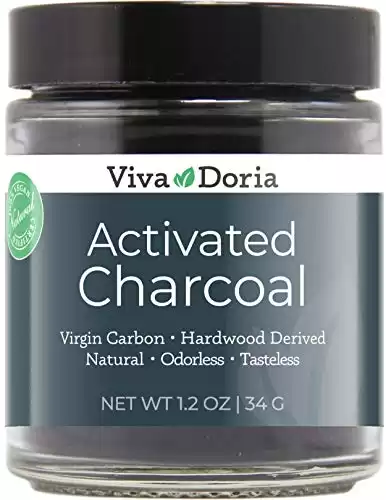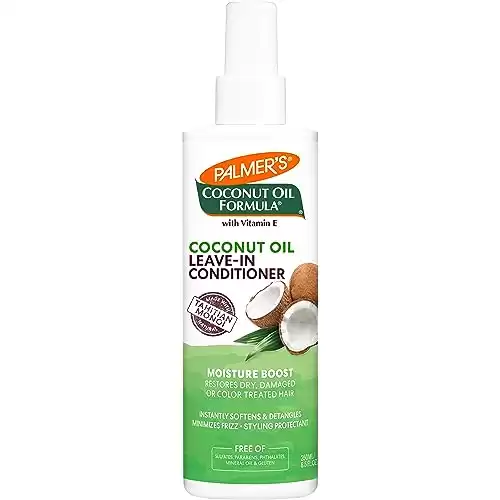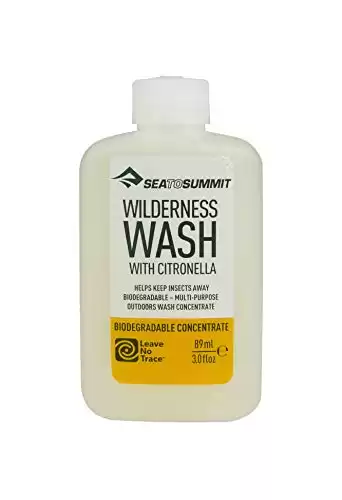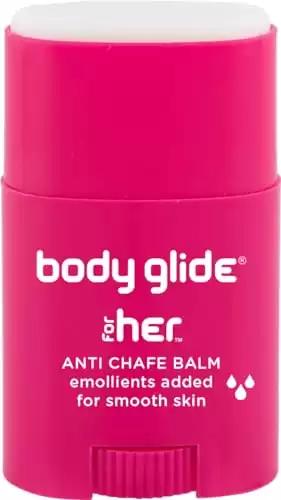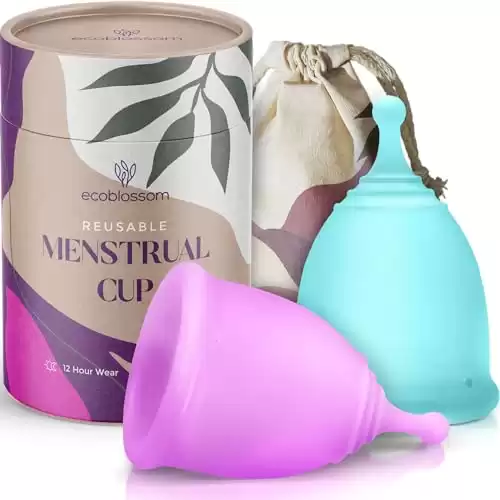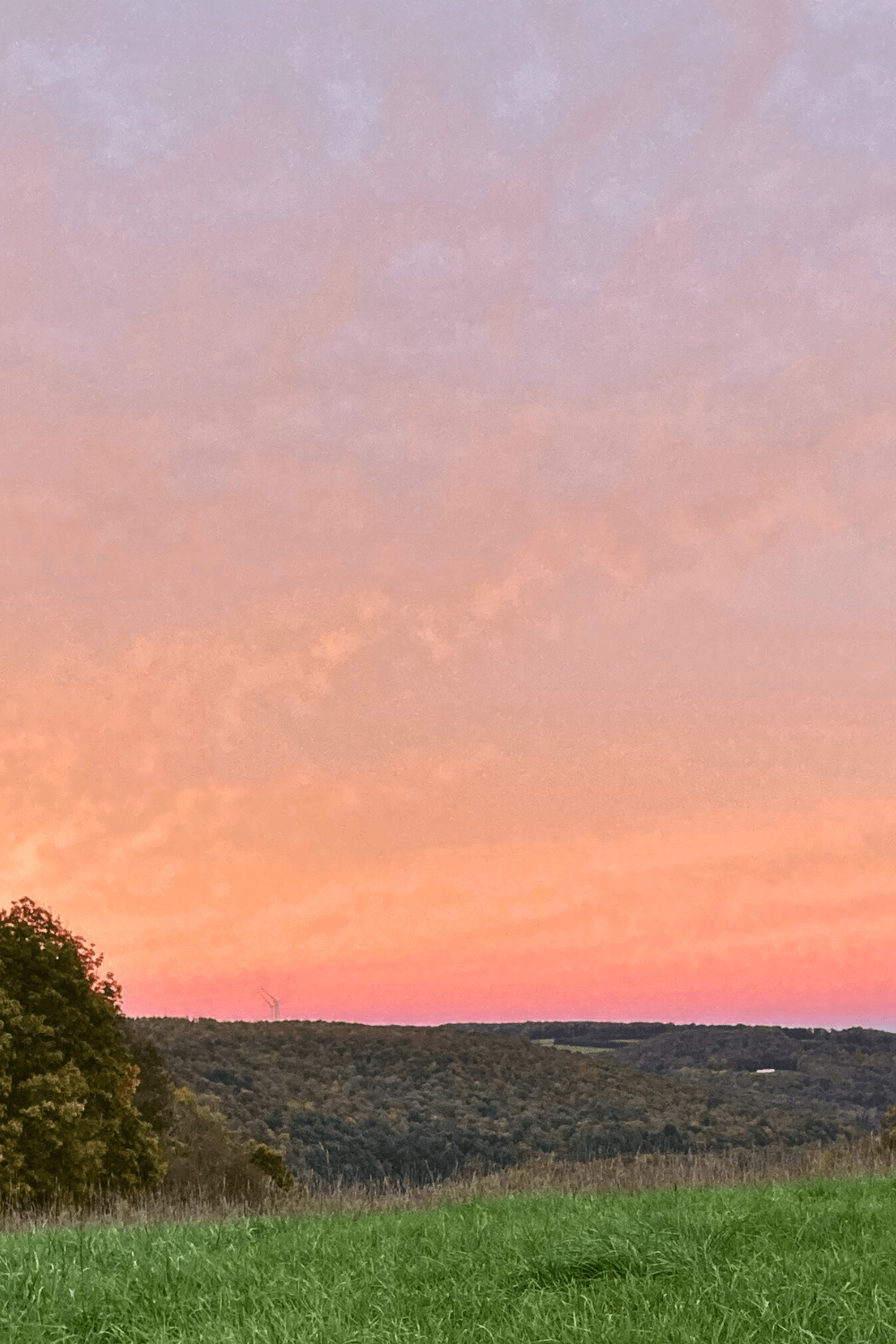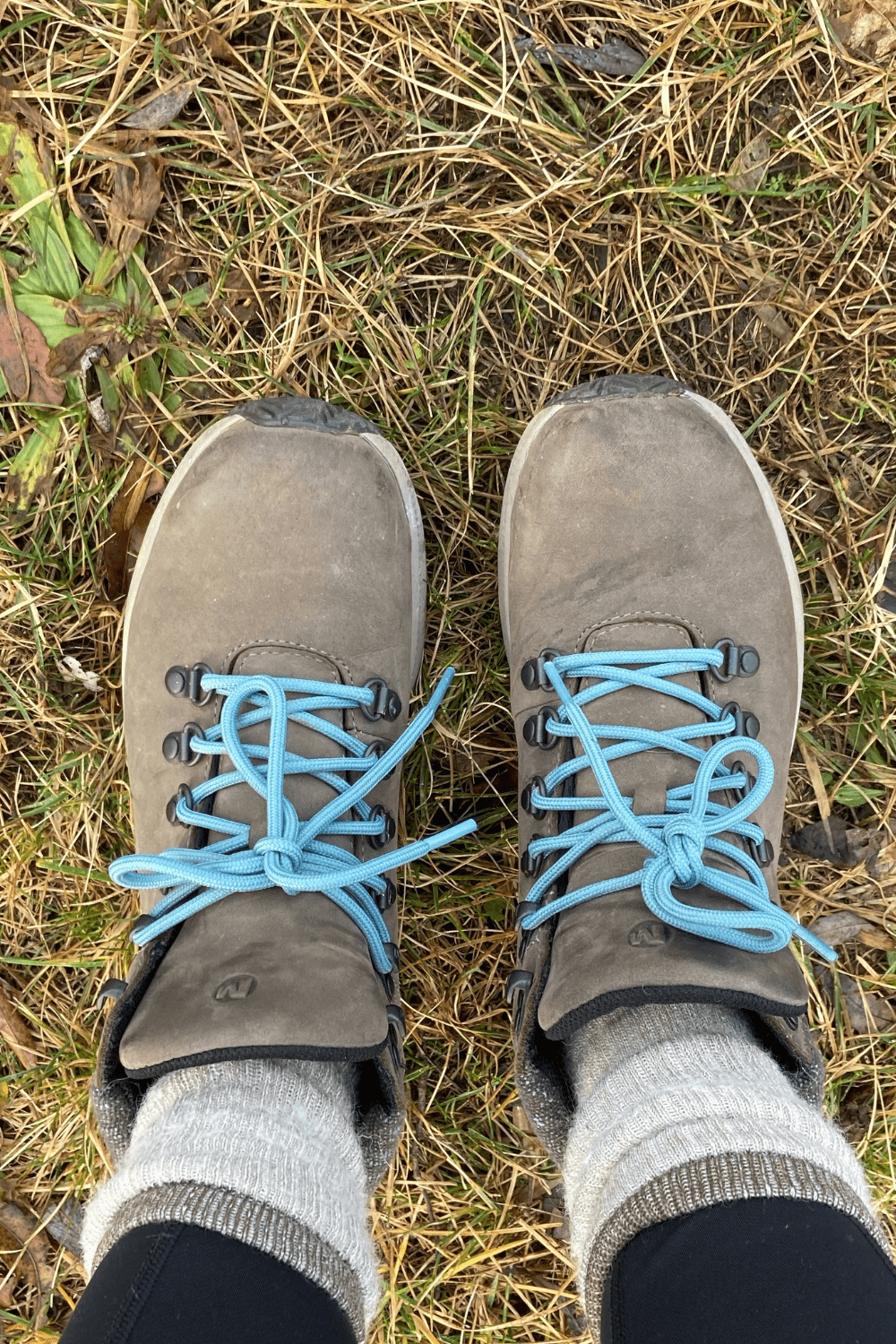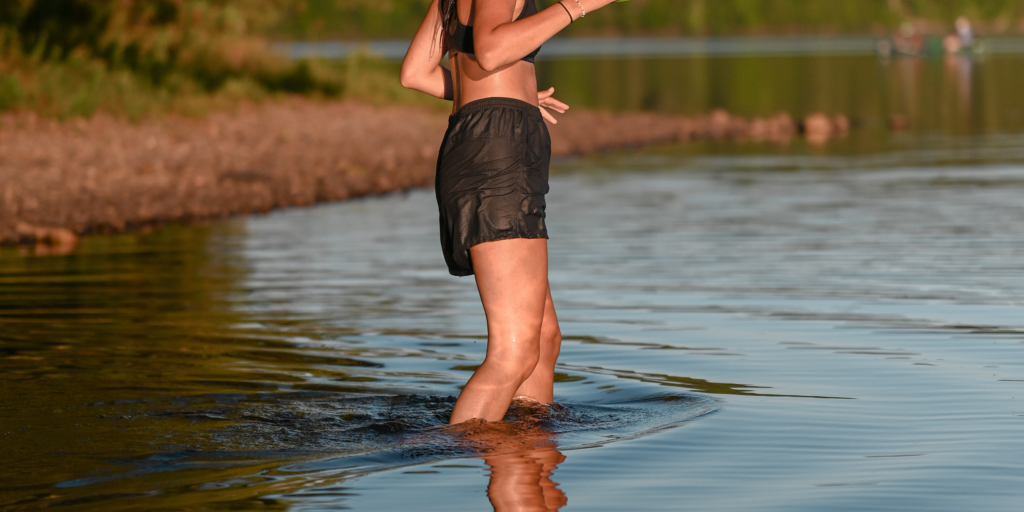
Hiking and camping hygiene in the wilderness can be difficult, but not impossible. Personal hygiene is important for your immune system and overall health. When spending time outside for multiple days, you’ll need to freshen up regularly to stay feeling clean and prepared. It is important to bring proper products for any situation, and choose the right clothing to support proper hygiene.
Extra Socks and Underwear
If your clothes get wet, change into something dry immediately. Bacteria can form in wet spaces, and if you’re in cold temperatures, hypothermia is a risk. The basic rule of thumb for hiking and camping is to never be caught without a dry pair of socks or underwear. Having at least one extra pair each is sufficient for a shorter trip. Always take the opportunity to clean socks and underwear you aren’t wearing. You can use filtered water or any stream that looks clear enough. Set out your clothes to dry completely before putting them back into your pack. I usually bring 2 extra pairs of socks and underwear on every trip.
Stay Hydrated
Staying hydrated is important for a multitude of reasons for hiking and camping hygiene. Being hydrated keeps risk of hypothermia, heat stroke, and other temperature born illness low. Drinking enough water also aids in joint health, immune health, and organ health. Overall, drinking water will keep your body healthy and functioning properly throughout your journey. Believe it or not, most hiking trails don’t have water fountains so you’ll have to filter your own water. This can be done through boiling your water, or using a water filter. I prefer a water filter because it is much faster and easier than starting a fire, waiting for the water to cool down, etc. The more hydrated you are, the occurrence of vaginal infections like UTIs and yeast infections is lower.
Brush Your Teeth
Nothing feels better than brushing your teeth after days of being outside. If your breath stinks and your teeth feel grimy, you won’t be able to feel clean. Every morning and every evening on any camping trip, I always brush my teeth and it makes a big difference. However, brushing your teeth in the wilderness is a bit different than brushing at home. Toothpaste can be a hazard in the wilderness, and it is recommended not to use it for plant and animal safety, and bears. This product has ingredients that can be harmful to the environment, and animals that might try to eat it. Toothpaste also gives off a strong scent, which can attract bears. Some backpackers recommend brushing your teeth far from your campsite, while others say to bury your used toothpaste in a hole or spit into a bag and pack it out.
Overall, using an environmentally friendly toothpaste alternative is the easiest way to clean your teeth without disturbing any wildlife. Activated charcoal is a naturally occurring mineral that can be used to brush your teeth. It contains pH balancing properties to eliminate bad breath, abrasiveness to combat plaque, and whitening properties.
Wash Your Face
Washing your face is another way to feel ultimately clean. Splashing some cold water on your face removes dirt and sweat, leaving you feeling fresh. Although simple, this method keeps your skin clean, and removes any barriers for sunscreen or other protective products.
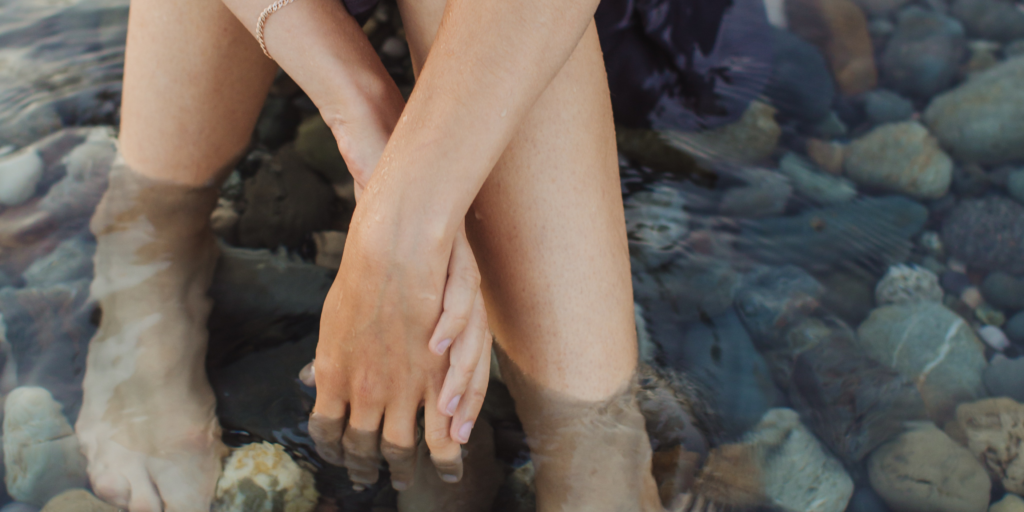
Wash Your Hair
Washing your hair can be difficult outside, especially if you have long hair. The longer your hair is, the more it tangles and becomes harder to brush. I have found that keeping your hair in a style that prevents tangles is the best way to keep your hair manageable, and using dry shampoo to combat grease. Styles like braids and buns are perfect for hiking and camping because these styles prevent your hair from moving around and tangling, even if you are swimming. The best way to refresh your hair on a longer trip is to wet the hair and simply massage the roots to loosen any dirt or oil that has built up. I do this by swimming in braids or a style that keeps the ends secured.
Sometimes, tangles happen despite your efforts and you need to brush them out. Using coconut oil on the ends of your hair make brushing easier, and keeps your ends moisturized throughout the trip.
Bathing
When you’re in nature, a shower is never guaranteed. Using hiking and camping hygiene techniques will keep you clean in between. You never know when you’ll stumble upon a clean stream or lake to clean off in, so sometimes you can go multiple days without bathing. Keep in mind, it is okay to stink. Hiking is exercise, so sweating is inevitable and a sign of our bodies functioning correctly. Chances are, you’ll start smelling bad at some point throughout the journey. Just embrace this because it is a natural way for our bodies to keep moving and allowing us to complete great adventures.
If you do come across a suitable body of water to bathe in, take the opportunity to wash up and remove some of the dirt that builds up on a hike. Using soap is optional, usually water will do the job. If you do choose to use soap, use a biodegradable, eco friendly option to keep nature as wild as possible.
Disclosure: I am in no way a licensed medical professional. These suggestions are from experience, do not use them as medical advice. Consult a doctor if you have any medical questions.
Feminine Hygiene
For women, there are a few extra steps necessary in keeping good hygiene in the wilderness. Having a vagina comes with its own requirements, and it is important to keep your nether region clean throughout your adventure to prevent discomfort or complications. UTI’s, yeast infections, chafing, and periods are four common issues women face while hiking and camping.
UTIs
UTIs are usually caused by bacteria entering the urethra, which can be much more common in the wilderness. Camping hygiene works to prevent UTIs. Ways to prevent urinary tract infections while hiking and camping is staying hydrated, emptying your bladder frequently, and wiping front to back. Keep these practices in mind on your next adventure to lower the risk of getting a urinary tract infection.
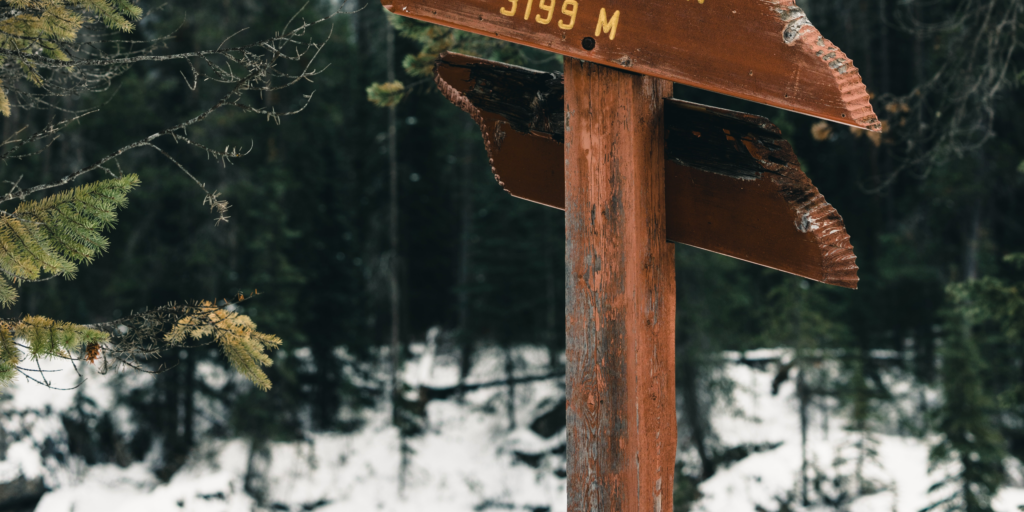
Yeast Infections
A yeast infection is a fungal contamination that can cause irritation, itchiness, and discomfort at the opening of the vagina. There are a multitude of factors that cause yeast infections, and there are common practices to lower your risk of getting a yeast infection on your trip. Proper underwear is important to prevent constriction of the vagina. Wear a pair of underwear that fits comfortably, and is made of a breathable material such as cotton or silk. Frequently change your underwear to prevent any trapped moisture. Avoid any scented vaginal products that can disturb your natural pH, and do not stay in wet clothes for a long period of time. If you swim or get wet, change into dry clothes as soon as possible.
Chafing
Chafing is a common issue with hiking due to sweat mixed with continuous movement of the body. This occurs when friction irritates your skin from rubbing against itself or a piece of clothing for a long period of time. The inner thigh is one of the most common areas for women to chafe when hiking, so preparation can prevent discomfort on your journey. If you are not prone to chafing, wearing proper attire should be sufficient to prevent discomfort. Wearing leggings, biker shorts, or any other tight pant that covers the thighs will minimize the risk of chafing. If you are specifically prone to chafing, there are anti-chafing sticks that work if applied to the area most likely to chafe.
Periods
No one wants to get their period in the woods. However, Mother Nature works on her own schedule and sometimes gives us our period at the worst time. There are plenty of different options to handle a period, so choose the product that works best for you. Some hikers use their birth control to plan their period to come before or after the scheduled hike to avoid it altogether. Menstrual cups are a great option to minimize waste, and are used by many hikers. If they work for you, this is one of the easiest no-waste options if you get your period on a hike. If you choose to use tampons or pads, bring baggies to store used products and pack them out to keep nature wild.
Using the Bathroom
Use the bathroom frequently and avoid holding it in to prevent infection. When you do use the bathroom, use a pee pad or a wet wipe to keep your vagina clean and fresh. Wipe front to back to prevent any bacteria from entering the vagina. Pack out any disposable waste, and dig a cathole when necessary. Click here to read more about using the bathroom in the wilderness.
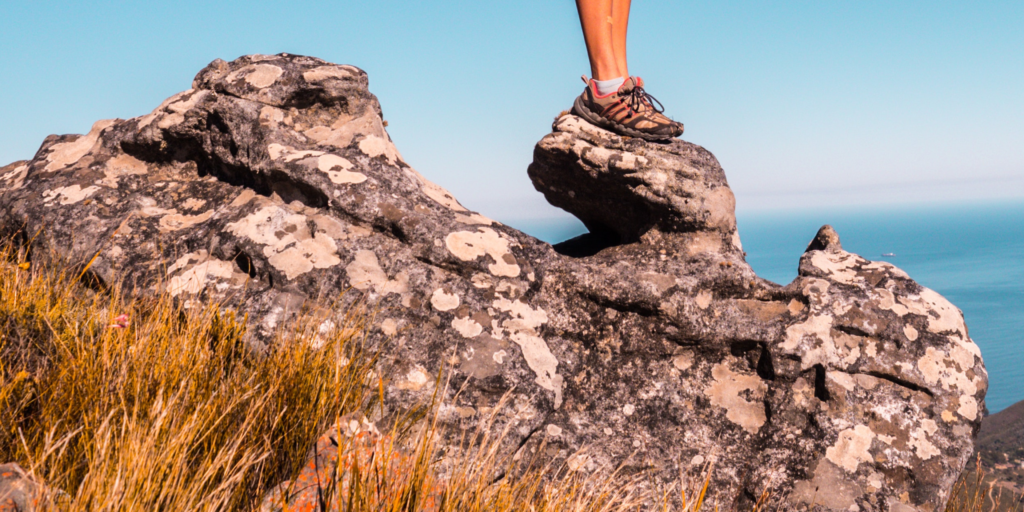
Having good hiking and camping hygiene on a trip will keep you feeling fresh and healthy. Use these methods to avoid discomfort and practice environmentally friendly hygiene. Being one with nature is a great experience for your mind and body. It is natural to sweat and stink, and this is why our bodies are so amazing. They allow us to complete difficult hikes, see beautiful views, and experience more. So embrace all of the natural circumstances that come with hiking and camping. These hiking and camping hygiene tips will help you feel fresher and cleaner, but enjoying nature is the main purpose so be sure to do a lot of that on your next adventure.
